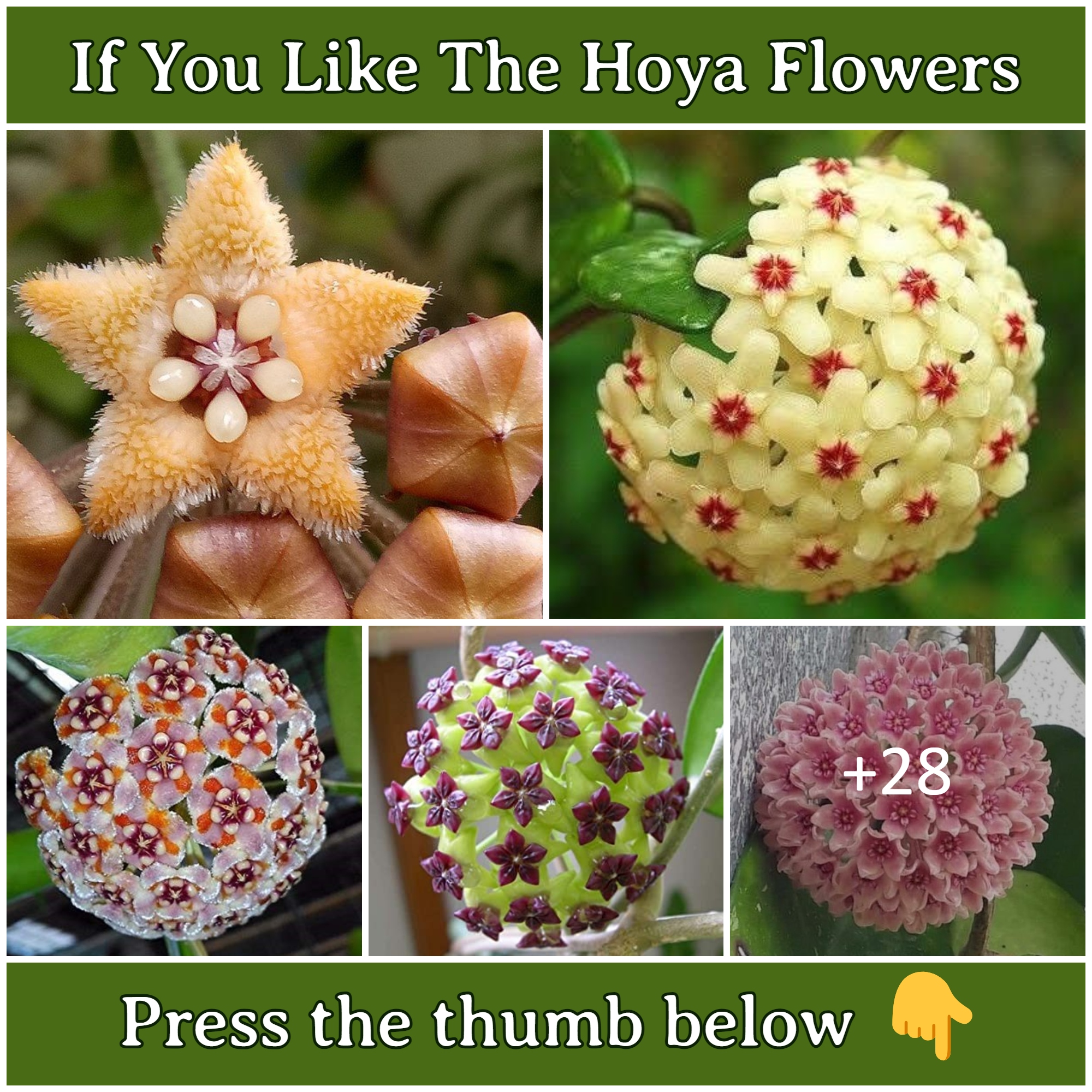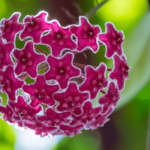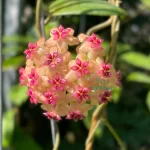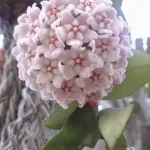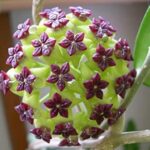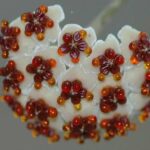Are you having a hard time getting your Hoya plants to bloom? This post is the ultimate, practical guide you need to finally get your wax plant to bloom. The answers will be surprisingly simple and contain concrete, actionable advice. So read on to find out exactly how to get hoyas to bloom.
No matter what Hoya species or variety you have, these tips apply. The genus Hoya includes about 545 species.
Some common names for Hoya plants include wax plant and porcelain flower. This tropical plant is native to several countries in Southeast Asia and the Western Pacific and is well suited to indoor cultivation.
Most have thick, waxy leaves and the star-shaped flowers are stunning and come in a variety of colors such as red, orange, pink, red, green, yellow and white. Many of them also have a wonderfully sweet scent.
Hoya plants are one of the easiest houseplants to grow. Creating the right conditions for your Hoya plants will ensure you get the best blooms possible. Here are some very important tips on how to get your Hoyas to bloom:
1. BRIGHT LIGHT IS REQUIRED
The most important factor in producing Hoya flowers is ensuring that you have adequate lighting conditions. The common (but very vague) advice is to provide bright indirect light to encourage Hoya blooms. What does that mean practically?
As with any flowering plant, light is of the utmost importance, and if your plant is in low light conditions, your Hoya will refuse to bloom. And there isn’t as much light inside as you think.
Here are some tips for placing your Hoya in your home to encourage your plant to bloom:
Always place your Hoya plant directly in front of a window. Light intensity decreases dramatically even within 1 to 3 feet of a window.
Depending on where you live, how large your windows are, and whether there are any obstructions such as trees, a window without direct sunlight may not be enough. Consider an unobstructed east-facing window that provides a few hours of gentler morning sunshine. A west-facing window that lets the late afternoon sun shine through is also great. Windows that get full sun all day may be too much unless you live in an area with dark winters. In this case, your plant will appreciate the extra light during the winter months!

